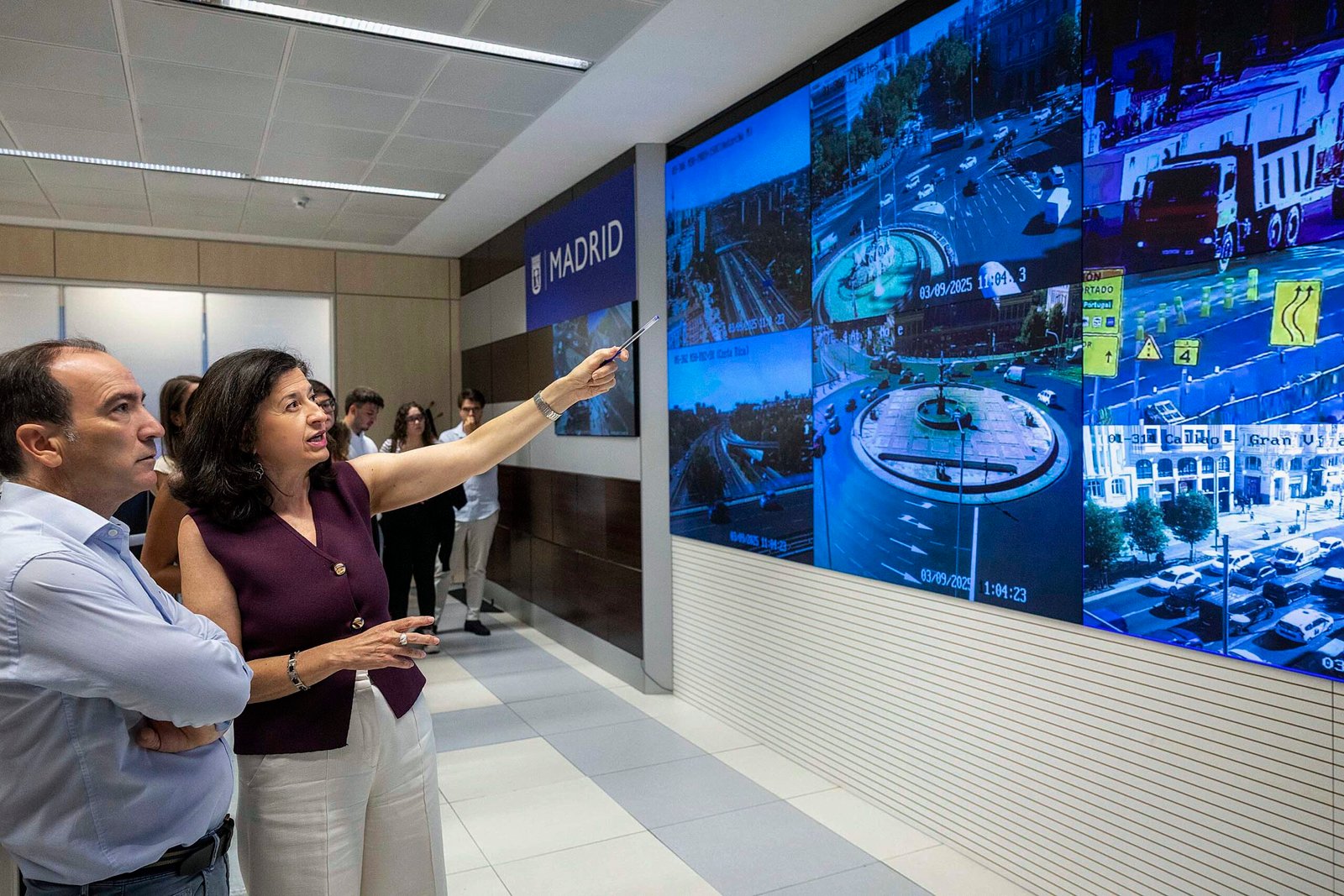The Madrid City Council has carried out a new project that involves the recovery and conditioning of a municipal plot located north of the Pozuelo stream, in the district of Moncloa-Aravaca. This initiative by the Department of Urbanism, Environment, and Mobility, led by Borja Carabante, aims not only to make the land accessible and ensure its safety but also to preserve its environmental values and consolidate its role as urban green infrastructure.
The Delegate for Urbanism, Environment, and Mobility, Borja Carabante, visited this area today accompanied by the Delegate for Cleaning and Green Areas, José Antonio Martínez Páramo, and the councilor of Moncloa-Aravaca, Borja Fanjul. As Carabante pointed out, with interventions like this, the Madrid City Council is committed to transforming currently vacant municipal plots into functional, safe, and green spaces that contribute to the well-being of the people of Madrid.
The recovery of this environment, integrated into the municipal land heritage, has involved an investment of 1.1 million euros and has allowed the renewal of the green mass with the planting of 228 new trees and 6,644 shrubs. The executed works align with the principles of the Metropolitan Forest, promoting that urban growth should not mean a setback for nature. Therefore, it proposes a planned network of natural and semi-natural spaces, designed and managed to provide ecosystem services, promote biodiversity, improve air quality, and mitigate the effects of climate change.
Actions that transform the urban landscape
The intervention in this area of the Moncloa-Aravaca district includes the construction of a network of pedestrian paths, paved with recycled materials and environmentally friendly techniques that facilitate access to various areas: recreational, children’s, and garden areas.
The space has been delimited with precast concrete curbs in two models, one separating green areas from sidewalks and another marking accessible transitions between different materials without obstacles to mobility. In addition, the occasional removal of deteriorated pavements has been carried out to efficiently connect the new paths to the existing road network.
Efficient water management and environmental care
An important part of the project in the Santa María Colony area is to ensure a natural drainage system that prevents rainwater from carrying soil or materials off the plot. For this purpose, filtering channels and underground reservoirs have been implemented to collect water and allow its later use in irrigation.
In addition, rain gardens have been incorporated, vegetated structures designed to capture and filter water, using it later for the irrigation of adjacent plantations. This solution improves the water resilience of the space and contributes to the natural water cycle in the urban environment.
Furthermore, the installed irrigation network is designed to be efficient and durable, using water from the existing network and distributing it through drip irrigation in green areas and new tree planting.
Light, shade, and rest
The new space features a modern and efficient lighting system with LED streetlights that guarantee low consumption and good visibility during nighttime hours.
The planting of 228 new trees and 6,644 shrubs, selected for their ability to adapt to the Madrid climate and improve air quality, contributes to urban biodiversity and beautifies the environment, while also providing shade.
As for urban furniture, wooden and metal bins and benches have been installed for the daily use of residents, for rest in recreational and meeting areas. Children can enjoy a play area with swings, seesaws, and other structures designed for their enjoyment and safety. /



